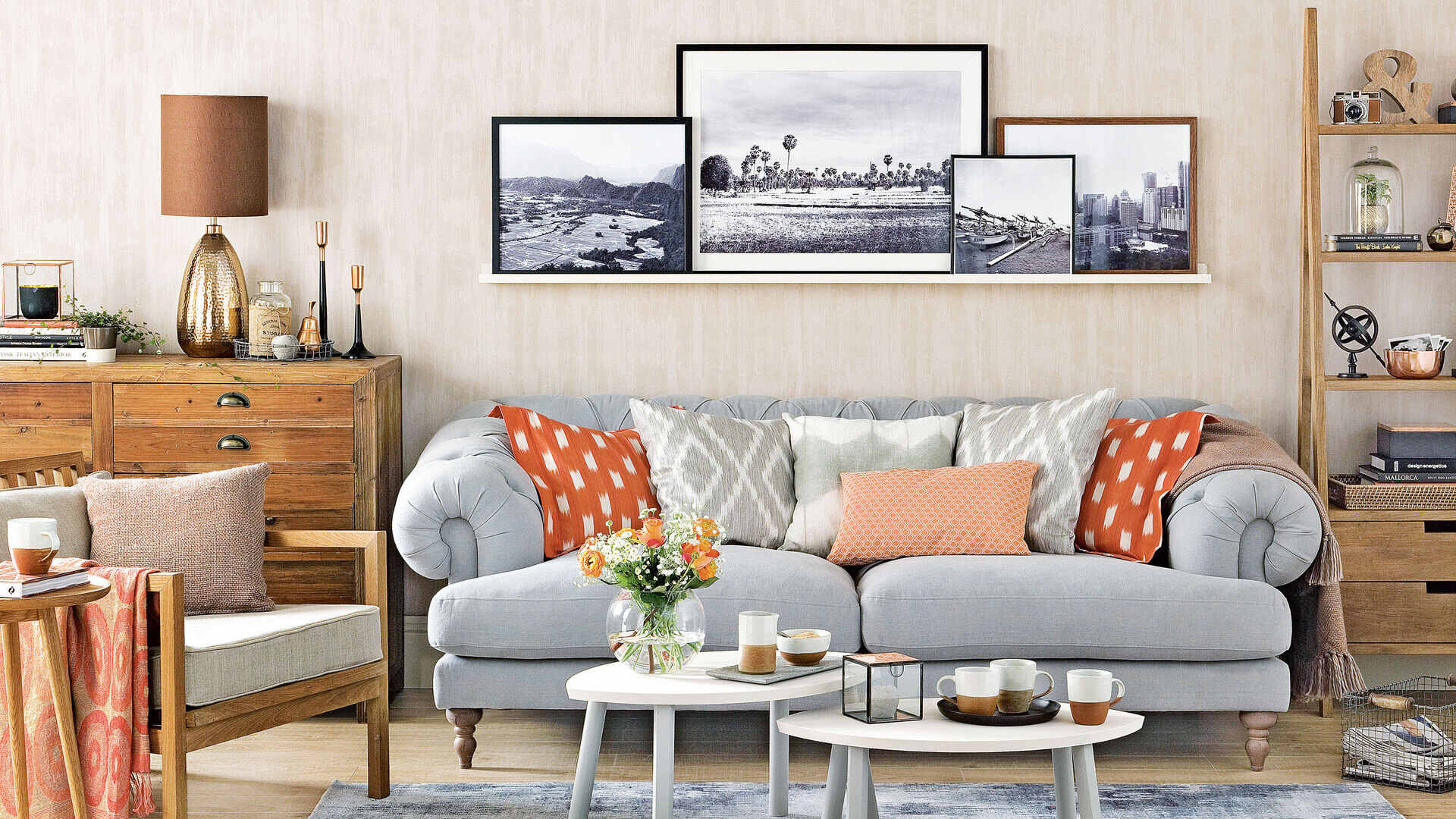

Articles
How To Decorate Living Room Walls
Modified: January 23, 2024
Discover creative articles and ideas on how to beautifully decorate your living room walls. Transform your space with unique artwork, DIY projects, and inspiring designs.
(Many of the links in this article redirect to a specific reviewed product. Your purchase of these products through affiliate links helps to generate commission for Storables.com, at no extra cost. Learn more)
Introduction
When it comes to decorating your living room, the walls play a crucial role in setting the overall ambiance and style of the space. Empty and bare walls can make a room feel impersonal and incomplete, while well-decorated walls can add character, warmth, and visual interest. Whether you’re looking to create a cozy and inviting atmosphere, showcase your personal style, or make a bold statement, there are numerous ways to decorate your living room walls.
In this article, we will explore different methods and ideas for transforming your living room walls into stunning focal points. From choosing the right paint color to incorporating wall art, hanging shelves, and displaying decorative items, we’ll cover everything you need to know to create a visually appealing and harmonious space.
So, roll up your sleeves and let’s dive into the world of living room wall decor!
Key Takeaways:
- Transform your living room walls into stunning focal points by choosing the right paint color, selecting wall art, incorporating mirrors, and creating a gallery wall. Let your creativity shine and infuse your personal style into your space.
- Elevate the ambiance of your living room with hanging shelves, statement walls, wallpaper or wall decals, and strategic wall lighting. Experiment with different textures, colors, and arrangements to create a visually captivating and personalized environment.
Read more: How To Decorate A Long Wall In Living Room
Choosing the Right Paint Color
One of the most effective ways to update and enhance your living room walls is by giving them a fresh coat of paint. The color you choose can have a significant impact on the overall look and feel of the room. Here are a few tips to help you select the right paint color:
- Consider the room’s purpose: Think about the intended use of your living room. Is it a space for relaxation and tranquility, or a vibrant and energetic area for socializing? Different colors can evoke different moods, so choose a shade that aligns with the purpose of the room.
- Take into account the room’s size: If your living room is small and lacking in natural light, opt for lighter paint colors like soft neutrals, pastels, or even white. This will help create an illusion of space and make the room feel larger. On the other hand, if you have a spacious living room, you can experiment with bolder and darker colors to add drama and depth.
- Consider the existing decor: Look at the furniture, flooring, and other elements in your living room. Choose a paint color that complements these existing elements and creates a cohesive look. If you have neutral furniture, you can be more adventurous with your wall color. If you have vibrant or patterned furniture, a more muted wall color may be a better choice to balance the overall aesthetic.
- Pay attention to lighting: Lighting plays a crucial role in how a paint color appears. Test the potential paint colors on your living room walls at different times of the day to see how they look under natural light and artificial lighting. Consider how the color changes in different lighting conditions and make adjustments accordingly.
- Take inspiration from your personal style: Your living room should be a reflection of your personal taste and style. Look for inspiration in magazines, online platforms, or even in nature. Don’t be afraid to choose a paint color that resonates with you and adds a personal touch to the room.
Remember, painting your living room walls is an opportunity to set the tone and atmosphere of the space. It’s a chance to express your creativity and create a space that feels uniquely yours. So, take your time, consider these tips, and choose a paint color that you’ll love coming home to every day.
Selecting Wall Art
Wall art is a fantastic way to add personality, style, and visual interest to your living room walls. The right piece of artwork can serve as a focal point, tie the room’s elements together, and create a captivating atmosphere. Here are some considerations to keep in mind when selecting wall art for your living room:
- Reflect your personal taste: Choose artwork that resonates with you and reflects your personal style. Whether you prefer abstract paintings, landscape photography, or vintage posters, selecting pieces that align with your taste will make your living room feel more authentic and inviting.
- Consider the size: The size of the wall art matters. Consider the available wall space and the scale of your furniture when choosing the dimensions of your artwork. Larger pieces can make a bold statement, while smaller ones can be grouped or used as part of a gallery wall.
- Coordinate with the color scheme: Take into account the existing color palette in your living room. Choose artwork that complements or contrasts with the wall color and other decorative elements. Consider the color wheel to create a harmonious and visually pleasing composition.
- Think about the theme or style: Decide on a theme or style for your living room and select wall art that aligns with it. Whether you prefer a modern, minimalist, bohemian, or traditional aesthetic, choose artwork that fits the overall theme and enhances the desired ambiance.
- Experiment with different mediums: Don’t limit yourself to traditional paintings or prints. Explore different mediums such as sculptures, metal art, textile art, or even mixed media pieces. Mixing and matching different materials can add texture and depth to your living room walls.
- Consider the placement: Think about the specific location where you plan to hang the wall art. Consider the height, the surrounding furniture, and the viewing angles. Ensure that the artwork is at eye level and complements the overall layout of the room.
Remember, wall art is a form of self-expression and can greatly influence the atmosphere of your living room. Take your time to browse through galleries, visit local art shows, or even explore online platforms to find the perfect pieces that resonate with you and elevate the aesthetic of your living space.
Creating a Gallery Wall
A gallery wall is a creative and dynamic way to showcase multiple pieces of artwork or photographs on your living room walls. It adds visual interest, creates a personalized display, and allows you to tell a story through your collection. Follow these steps to create a stunning gallery wall:
- Choose a theme or concept: Decide on a theme or concept for your gallery wall. It could be a collection of family photos, a mix of different art styles, or a specific color scheme. Having a cohesive theme will give your gallery wall a curated and unified look.
- Plan the layout: Before hanging any pieces, plan the layout of your gallery wall. Consider the available wall space and the arrangement of your selected artwork. You can outline the desired placement on the wall using painter’s tape or create a digital mockup using online tools to visualize the arrangement.
- Vary the sizes and orientations: To create visual interest and balance, mix different sizes and orientations of artwork. Combine larger pieces with smaller ones, and experiment with both vertical and horizontal orientations. This variation will add depth and dynamism to your gallery wall.
- Consider the spacing: Pay attention to the spacing between each piece of artwork. Aim for a consistent spacing of 2-3 inches between each frame to maintain a cohesive and visually appealing display. You can also experiment with overlapping frames or creating clusters for a more eclectic look.
- Experiment with frame styles: Choose frames that complement the artwork and your overall aesthetic. You can opt for matching frames for a cohesive look or mix different frame styles and finishes for an eclectic vibe. Consider using frames in similar colors or materials to tie the collection together.
- Add other decorative elements: Incorporate other decorative elements such as mirrors, clocks, or wall sconces to add variety and texture to your gallery wall. These additional pieces can break up the display and create a more visually engaging composition.
- Don’t forget about lighting: Proper lighting is essential to highlight your gallery wall. Consider installing wall-mounted picture lights or track lighting to accentuate the artwork and create a focal point. Experiment with different lighting angles and intensities to achieve the desired effect.
- Regularly update and rotate: A gallery wall is not a static display. Feel free to rotate the artwork, add new pieces, or remove ones that no longer resonate with you. This allows you to refresh the look of your gallery wall and keep it dynamic and evolving.
Creating a gallery wall is a creative endeavor that allows you to showcase your favorite artwork and photos in a unique and personalized way. Have fun experimenting with different arrangements and elements, and let your gallery wall reflect your individual style and taste.
Incorporating Mirrors
Mirrors are not only functional but also serve as decorative pieces that can transform the look and feel of your living room walls. They have the power to visually expand the space, reflect natural light, and create a sense of depth. Here are some ideas to incorporate mirrors into your living room wall decor:
- Choose the right size and shape: Consider the size and shape of the mirror based on the wall space and the desired effect. A large mirror can make a bold statement and create an illusion of a bigger room, while multiple smaller mirrors can add texture and create an interesting composition.
- Create a focal point: Hang a statement mirror as a focal point on one wall of your living room. Choose a unique or ornate frame that complements your overall decor style. This will not only add visual interest but also reflect light and make the room feel more spacious.
- Use mirrors to enhance natural light: Position mirrors opposite windows or light sources to maximize the reflection of natural light. This will help brighten up the room and create a welcoming and airy atmosphere.
- Group mirrors with other wall art: Create a gallery wall by combining mirrors with other artwork or photographs. Play with different shapes, sizes, and frame styles to create an eye-catching display. This mix of mirrors and artwork will add depth and dimension to your living room walls.
- Reflect interesting views and elements: Place mirrors strategically to reflect interesting views or architectural details within the room. This could be a beautiful piece of furniture, a fireplace, or a stunning artwork. By doing so, you can capture and amplify these elements, enhancing the visual impact of your living room.
- Consider the placement: Experiment with different placements of mirrors. You can lean a large mirror against the wall for a casual and laid-back look. Alternatively, you can hang mirrors in a cluster or in a geometric pattern to create a modern and artistic display. Play around with various positions until you achieve the desired effect.
- Add a mirrored accent wall: Take your mirror decor to the next level by creating an entire accent wall using mirrored tiles or panels. This bold and glamorous feature can instantly elevate the style and sophistication of your living room. It will reflect light from all angles and make the room appear larger and more luxurious.
Mirrors are versatile and timeless decorative elements that can effortlessly enhance the aesthetic of your living room walls. Whether you use them to create a focal point or incorporate them into a gallery wall, mirrors can add depth, amplify natural light, and bring a touch of elegance to your living space.
Consider using a mix of artwork, mirrors, and shelves to decorate your living room walls. This will add visual interest and create a dynamic focal point in the room.
Hanging Shelves and Displaying Decorative Items
Hanging shelves and displaying decorative items on your living room walls can not only add functional storage but also serve as a visually pleasing decor element. It allows you to showcase your favorite items, add personality to the space, and create a layered and curated look. Here are some ideas to inspire you:
- Choose the right style of shelves: Consider the overall style and aesthetic of your living room when selecting the type of shelves. Floating shelves provide a minimalist and modern look, while traditional wooden shelves can add warmth and character. Pick a style that complements your existing decor and fits your personal taste.
- Position the shelves strategically: Determine the ideal placement for your shelves based on the layout and available wall space. Consider the height and accessibility to ensure that the displayed items are within reach and visually balanced in the room.
- Create a curated display: Arrange your decorative items on the shelves in a thoughtful and curated manner. Mix and match items of varying heights, textures, and colors. Incorporate a combination of books, plants, sculptures, vases, and other decorative pieces to create visual interest and personality.
- Showcase personal mementos: Display personal mementos or sentimental items that hold special meaning to you. This could include family photographs, travel souvenirs, or heirlooms. Incorporating these personal touches on your shelves will add a unique touch and make your living room feel more like a reflection of your life and experiences.
- Consider functionality: While aesthetics are important, remember to also consider the functionality of the shelves. Incorporate storage solutions such as baskets or bins to keep items organized and hidden. Use hooks or hanging organizers to hang small items or accessories for easy accessibility.
- Play with asymmetry: Don’t feel confined to symmetrical arrangements on your shelves. Experiment with asymmetrical displays to create a more dynamic and visually interesting look. Offset the placement of items, creating a sense of movement and visual balance.
- Utilize negative space: Allow enough negative space between items on the shelves to create a visually pleasing balance. This will prevent the display from feeling cluttered and overwhelming. Negative space also allows the eye to focus on individual items and appreciate their beauty.
- Rotate and update the display: Don’t be afraid to switch up the items on your shelves from time to time. Rotate your decorative pieces or add new ones to keep the display fresh and inspiring. This will bring new life to your living room and prevent the decor from becoming stagnant.
Hanging shelves and displaying decorative items on your living room walls is an excellent way to add both visual interest and functionality to the space. Follow these tips to create a curated and personalized display that reflects your style and showcases your cherished items.
Adding a Statement Wall
A statement wall is a bold and impactful way to transform the look of your living room. It serves as a focal point, adding drama, visual interest, and a touch of uniqueness to the space. Here are some ideas to help you create a stunning statement wall:
- Choose a standout color: Paint one wall in a contrasting or vibrant color to make it stand out from the rest. Bold colors like deep blues, rich greens, or vibrant yellows can create a sense of drama and add personality to your living room. Make sure the color you choose complements your existing decor and evokes the desired mood.
- Use wallpaper: Wallpaper has made a comeback in recent years and can be an excellent choice for a statement wall. Opt for a unique pattern, texture, or design that adds interest to the space. From intricate floral prints to geometric designs, there are countless options to suit your style and preferences.
- Create an accent wall with texture: Textured materials can add depth and tactile appeal to a statement wall. Consider using materials such as reclaimed wood, textured tiles, or faux brick panels to create a visually striking feature. These textures can add a rustic, industrial, or even a luxurious touch to your living room.
- Highlight architectural elements: If your living room has interesting architectural features like exposed brick, stone walls, or decorative molding, consider making them the focal point of your statement wall. Showcase these unique elements by illuminating them with appropriate lighting or by using subtle color choices.
- Hang a large-scale artwork or mural: An oversized artwork piece or mural can instantly become the focal point of your living room. Choose a captivating piece that reflects your personal style and complements the overall aesthetic of the space. This can be a great way to showcase your love for art and add a touch of sophistication.
- Create a gallery of mirrors or mirrors: Instead of traditional artwork, create a gallery wall of mirrors or mirrored panels. This reflective feature will not only add visual interest and dimension to your living room but also help brighten the space by bouncing light around the room.
- Consider a textured or patterned wall treatment: Explore unique wall treatments like stucco, textured paint, or patterned wall panels to create a statement wall. These treatments add depth and visual intrigue, transforming an ordinary wall into a work of art.
- Add architectural details: Enhance your statement wall with architectural details such as decorative molding, paneling, or wainscoting. These details can add elegance and character to the wall, giving it a sophisticated and polished look.
Regardless of the method you choose, adding a statement wall can dramatically transform the look and feel of your living room. Embrace your creativity and experiment with different materials, colors, and textures to create a show-stopping feature that reflects your personal style and leaves a lasting impression.
Installing Wallpaper or Wall Decals
Installing wallpaper or wall decals is a fantastic way to add personality, style, and visual interest to your living room walls. Whether you want to create a bold statement or add a subtle touch of pattern, these options allow you to customize your space easily. Here’s what you need to know:
- Choose the right design: Wallpaper and wall decals come in a wide variety of designs, patterns, and colors. Consider your overall decor style and the mood you want to create in your living room. Whether you prefer bold and vibrant or subtle and muted, choose a design that enhances the aesthetic of your space.
- Prepare the walls: Proper wall preparation is essential for a successful installation. Ensure that the walls are clean, smooth, and free from any dust or debris. Patch any holes or imperfections and sand down any rough areas to achieve a smooth surface. This will help the wallpaper or decals adhere properly to the walls.
- Measure and cut: Measure the dimensions of your walls accurately and cut the wallpaper or wall decals accordingly. Consider any pattern repeats or alignment, especially for wallpaper, to ensure a seamless and professional finish.
- Apply with precision: If you’re installing wallpaper, follow the manufacturer’s instructions for applying adhesive or activating a peel-and-stick option. Use a wallpaper smoothing tool or a clean cloth to remove any air bubbles or wrinkles. For wall decals, carefully peel off the backing and position them on the desired area of the wall, smoothing them out gently.
- Consider accent walls: Installing wallpaper or wall decals on a single accent wall can create a stunning focal point in your living room. Choose a wall that naturally draws attention, such as the one behind a sofa, fireplace, or TV unit. This approach adds visual interest without overwhelming the entire space.
- Mix and match: Don’t be afraid to mix and match different patterns, designs, or colors when installing wallpaper or wall decals. Balance bolder patterns with more subtle ones, or combine different textures for a visually striking look. Just be mindful of maintaining a cohesive and harmonious overall aesthetic.
- Experiment with removable options: If you’re hesitant about committing to a permanent wallpaper or decals, consider using temporary or removable options. These are great for renters or those who like to change their decor frequently. They can easily be removed without causing any damage to the walls.
- Consider professional installation: If you feel unsure about installing wallpaper or wall decals yourself, consider hiring a professional installer. They have the expertise and tools needed to ensure a precise and flawless installation.
Installing wallpaper or wall decals offers a versatile and creative way to transform your living room walls. From adding bold patterns and colors to introducing subtle textures, these options allow you to personalize your space and create a truly unique and eye-catching environment.
Utilizing Wall Lighting
Wall lighting plays a crucial role in enhancing the ambiance and functionality of your living room. It not only provides illumination but also serves as a decorative element that can create a warm and inviting atmosphere. Here are some tips for effectively utilizing wall lighting in your living room:
- Choose the right type of wall lighting: There are various options for wall lighting, including sconces, picture lights, and wall-mounted fixtures. Consider the purpose of the lighting and the style of your living room when selecting the appropriate type. Sconces can add a touch of elegance and create a soft, diffused glow, while picture lights can highlight artwork or focal points on the walls.
- Consider the placement: Proper placement of wall lighting is key to achieving the desired effect. Identify areas in your living room that could benefit from extra illumination or accentuation. Common placements include alongside mirrors, above a fireplace, or on either side of a focal point such as a painting or a TV unit.
- Choose the right light bulbs: Select the appropriate light bulbs for your wall fixtures. Consider the color temperature and intensity of the light to align with the mood and functionality of your living room. Warm white or soft white bulbs create a cozy and inviting ambiance, while cool white or daylight bulbs offer bright and crisp illumination. Dimmable bulbs can give you control over the intensity of the lighting.
- Create layers of lighting: Combine wall lighting with other types of lighting, such as overhead fixtures and floor lamps, to create layers of illumination in your living room. This allows you to adjust the lighting levels according to different activities and moods. Layered lighting adds depth and dimension to the space.
- Use wall lighting as accent pieces: Wall lighting fixtures themselves can be a decorative element. Choose fixtures with interesting designs, unique finishes, or eye-catching shapes that complement your living room’s style. The fixtures can serve as artwork on the walls even when they’re not turned on.
- Consider adjustable or directional lighting: Wall lighting fixtures that can be adjusted or directed allow you to highlight specific areas or objects in your living room. This flexibility is particularly useful when accenting artwork, a gallery wall, or architectural details. Adjustable wall lighting adds versatility to your space.
- Invest in smart lighting: Consider incorporating smart lighting solutions into your living room. With smart bulbs or smart switches, you can control the wall lighting using a smartphone app or voice commands. This enables you to easily adjust the brightness, color temperature, or even create lighting presets to suit different occasions.
- Install lighting controls: Incorporate lighting controls such as dimmer switches or timers to further enhance the functionality and ambiance of your living room. Dimming the wall lighting allows for greater control over the intensity of the light, while timers can automatically turn the lights on and off at specific times.
Properly utilizing wall lighting in your living room can transform the overall atmosphere and make the space truly shine. By choosing the right fixtures, placing them strategically, and considering different lighting techniques, you can create a cozy, inviting, and well-lit environment for relaxing, entertaining, and spending quality time with loved ones.
Read more: How To Decorate A Living Room?
Conclusion
Decorating your living room walls is an opportunity to infuse creativity, personality, and style into your space. By following the tips and ideas presented in this article, you can transform your living room walls into stunning focal points that reflect your personal taste and create a visually captivating environment.
Choosing the right paint color sets the foundation for the overall ambiance of your living room. Consider the room’s purpose, size, existing decor, and lighting to make an informed decision on the perfect color that sets the desired mood.
Selecting wall art allows you to showcase your personal style, preferences, and interests. From choosing the right size and coordinating with the color scheme to mixing different mediums and strategically positioning the art, you can create a gallery wall that tells a unique story.
Incorporating mirrors not only adds aesthetic value but also enhances the lighting and space in your living room. Utilize mirrors strategically to reflect interesting views, add depth, and brighten the room with natural or artificial light.
Hanging shelves and displaying decorative items offers an opportunity to add functionality and personality to your living room walls. Experiment with different styles, arrangements, and mix-and-match objects to create a curated display that reflects your individuality.
Adding a statement wall can transform your living room into a visual masterpiece. Whether through vibrant colors, textured materials, oversized artwork, or unique architectural details, a statement wall instantly grabs attention and adds drama to your space.
Installing wallpaper or wall decals allows you to introduce patterns, textures, and designs that enhance the visual appeal of your living room walls. Select the right design, prepare the walls properly, and consider accent walls or mix-and-match options for an eye-catching result.
Lastly, utilizing wall lighting adds both functionality and decorative value to your living room walls. Choose the right type, consider placement, and layer the lighting to create a warm and inviting atmosphere. Wall lighting can serve as both accent pieces and functional sources of illumination.
By implementing these ideas and techniques, you can transform your living room walls into personalized works of art that create a welcoming and visually pleasing space. Don’t be afraid to experiment, mix styles, and let your creativity shine. Your living room walls are a blank canvas waiting to reflect your unique personality and style.
Frequently Asked Questions about How To Decorate Living Room Walls
Was this page helpful?
At Storables.com, we guarantee accurate and reliable information. Our content, validated by Expert Board Contributors, is crafted following stringent Editorial Policies. We're committed to providing you with well-researched, expert-backed insights for all your informational needs.
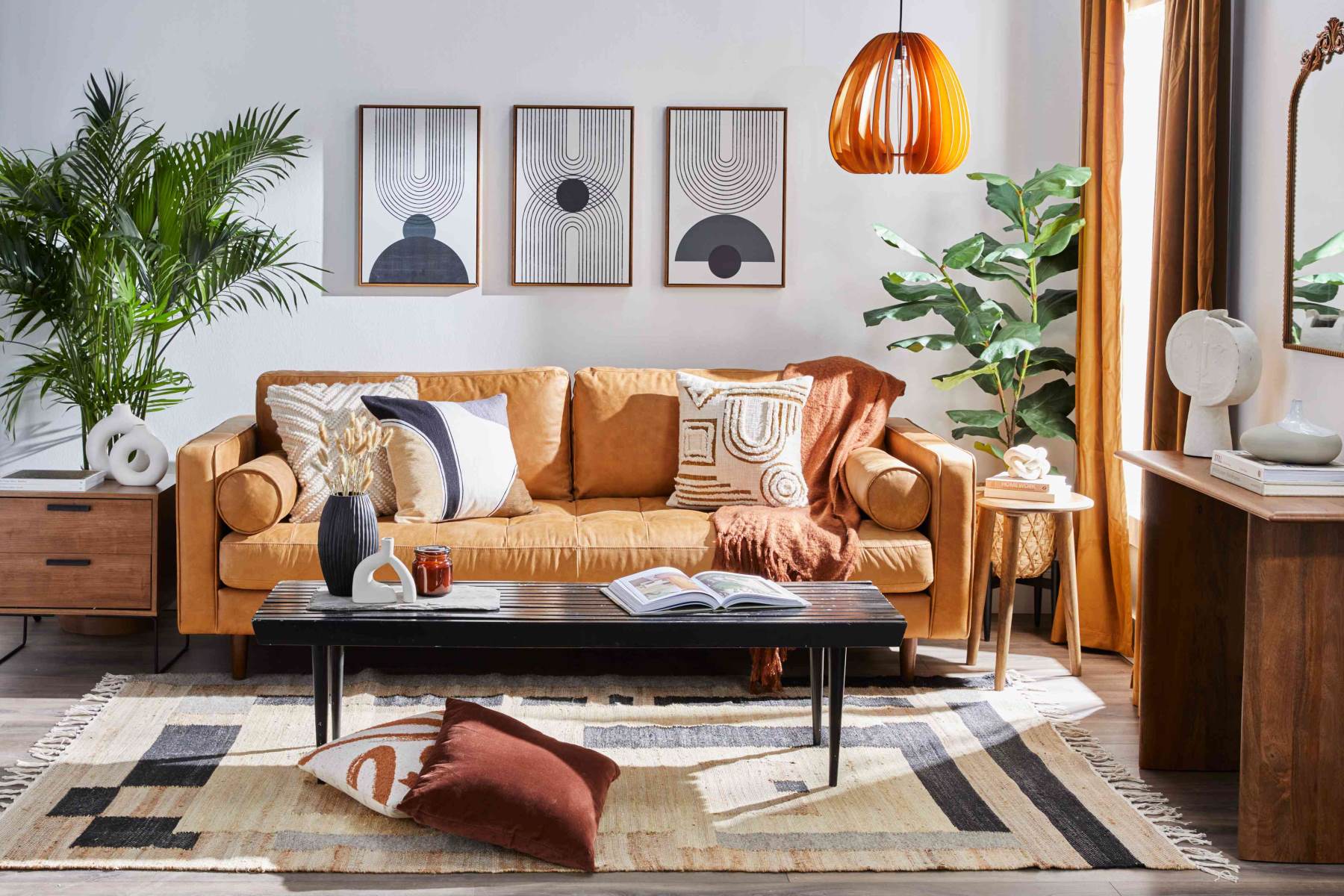
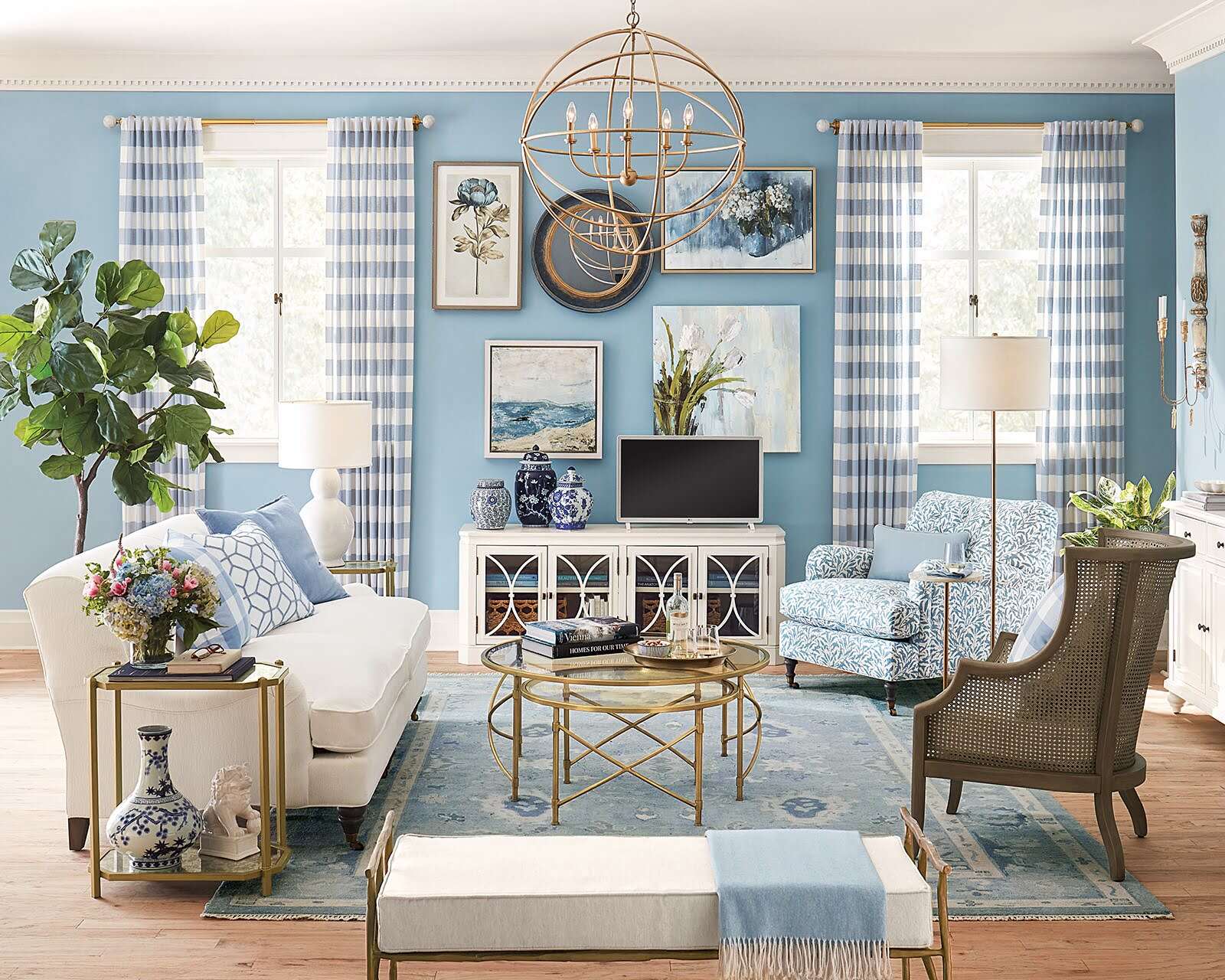
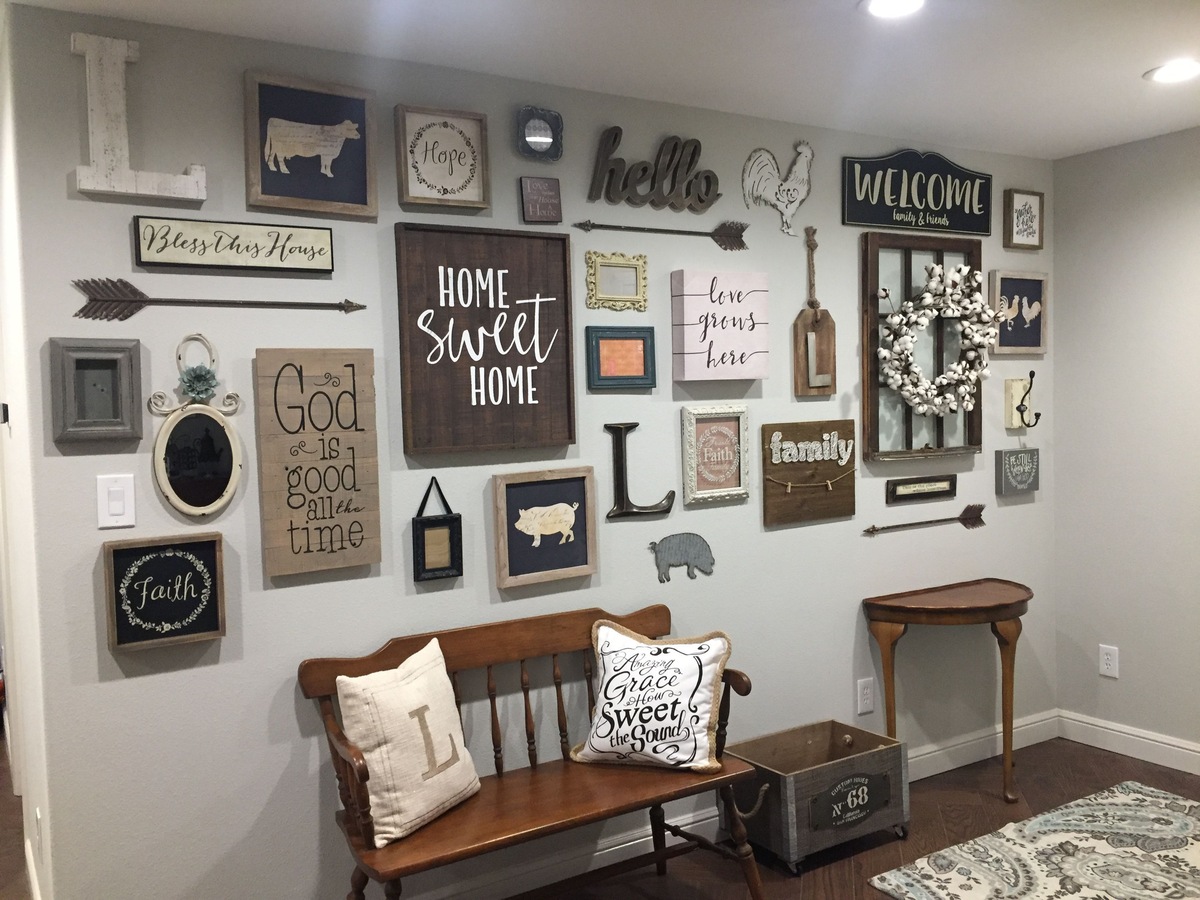
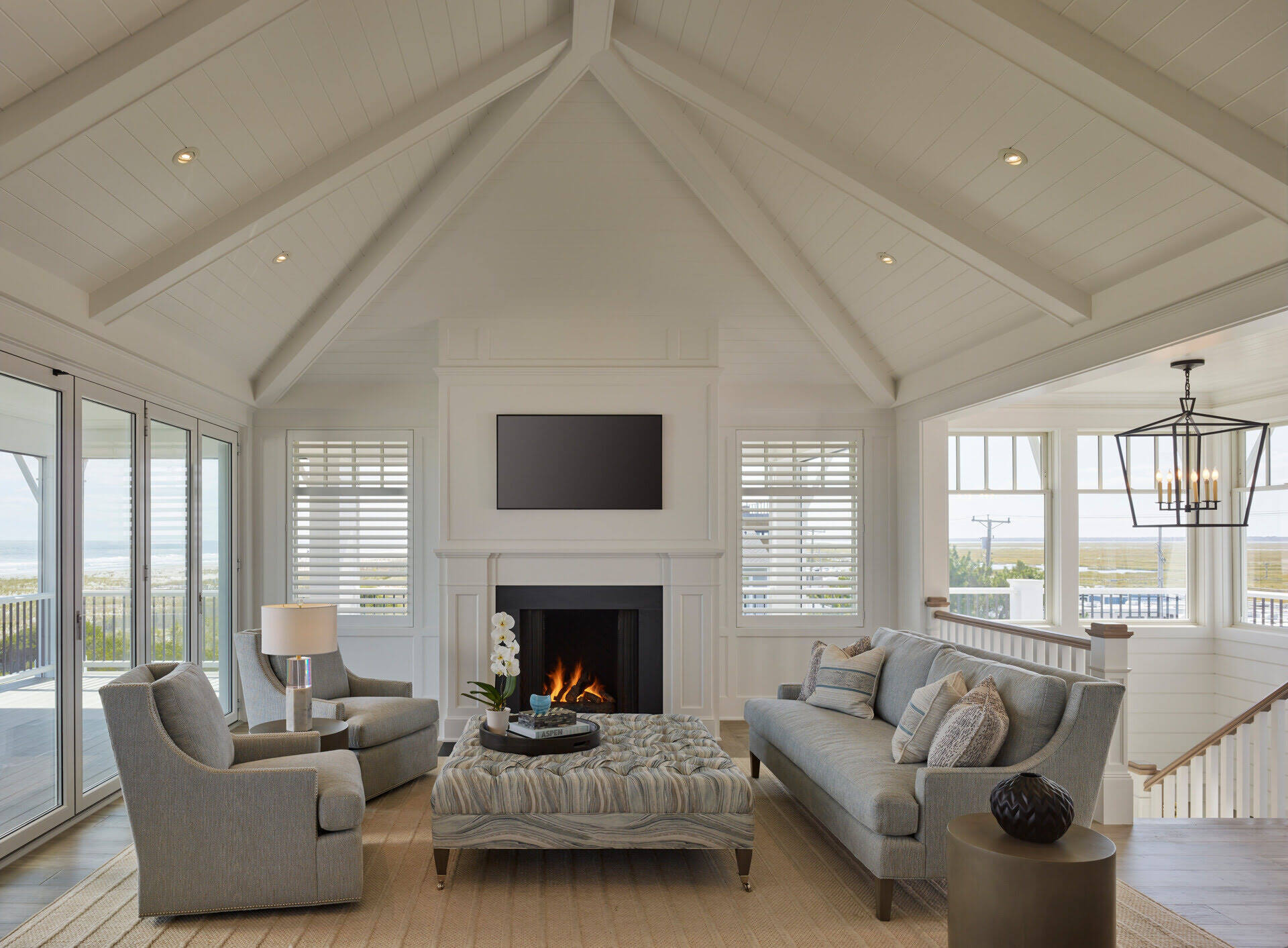

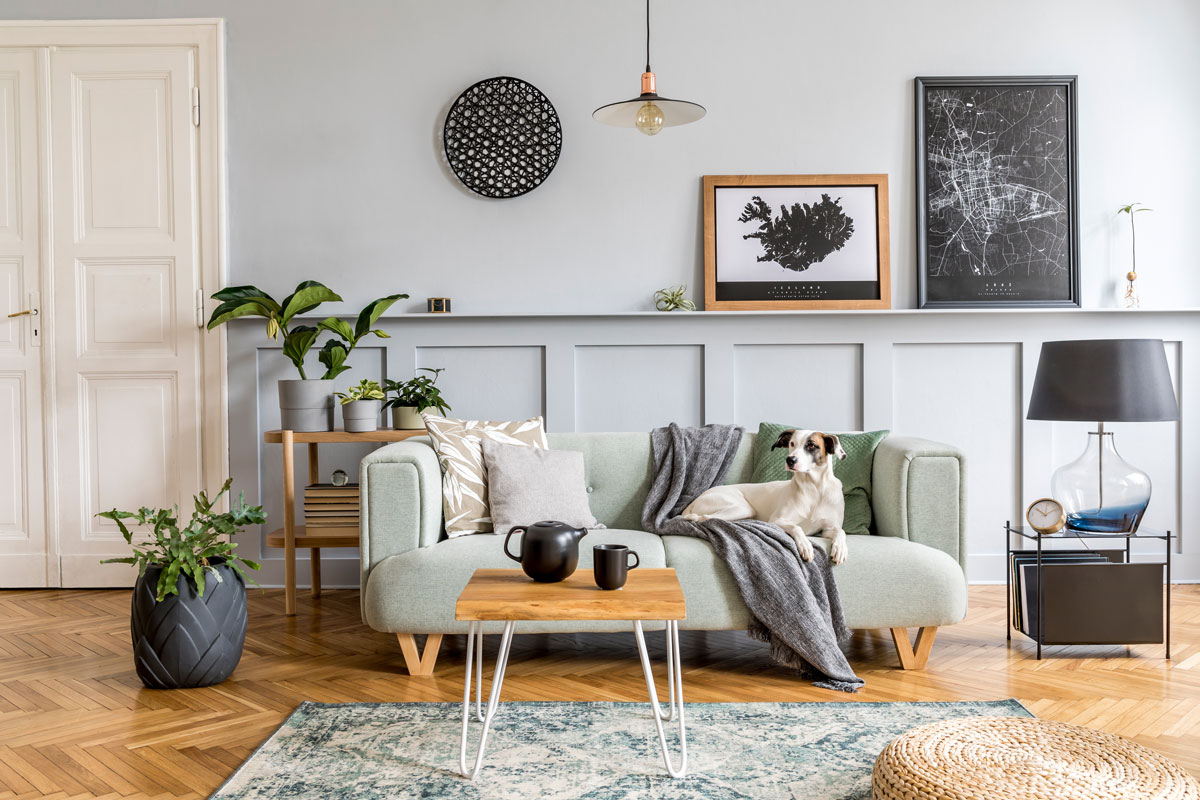
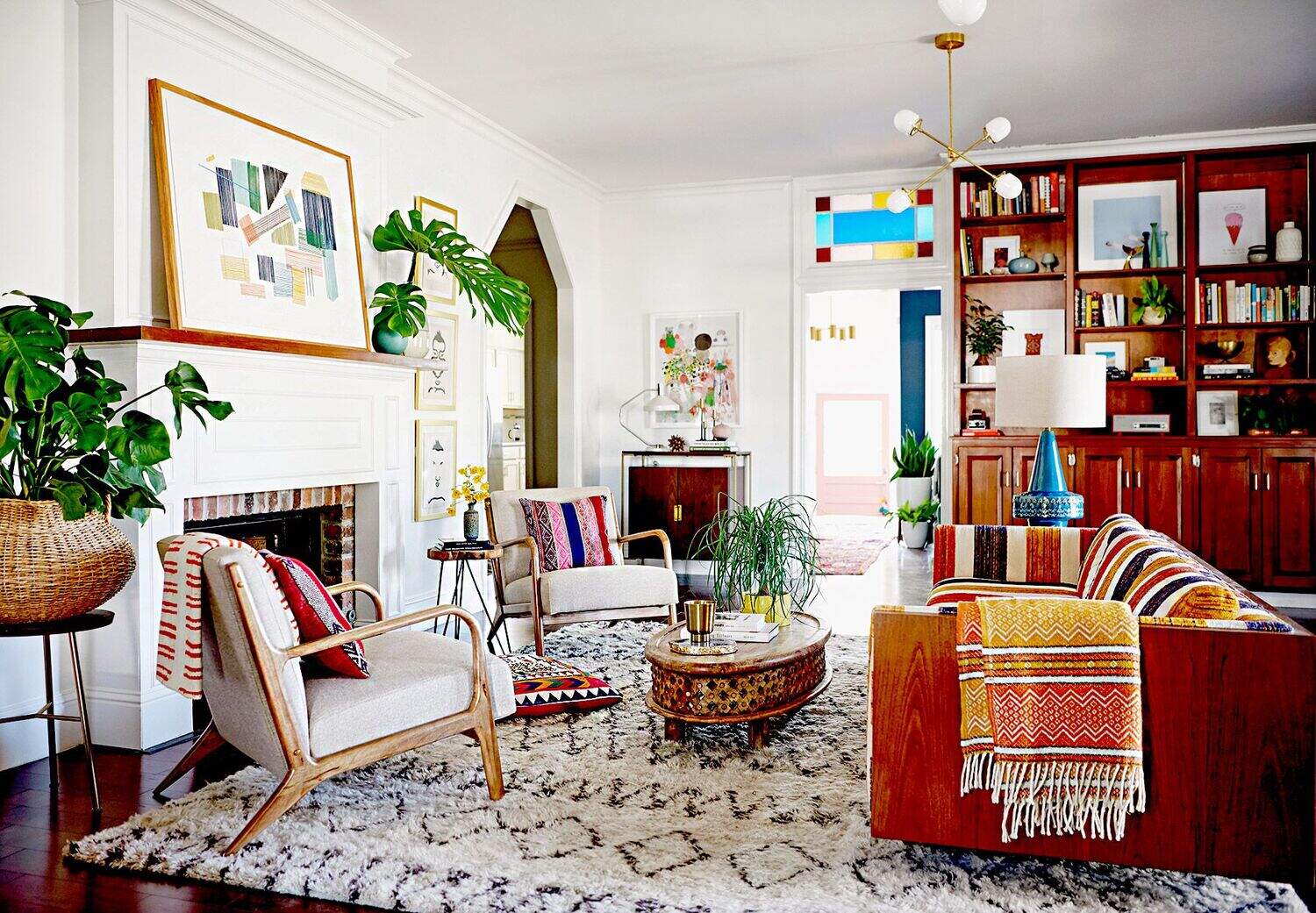
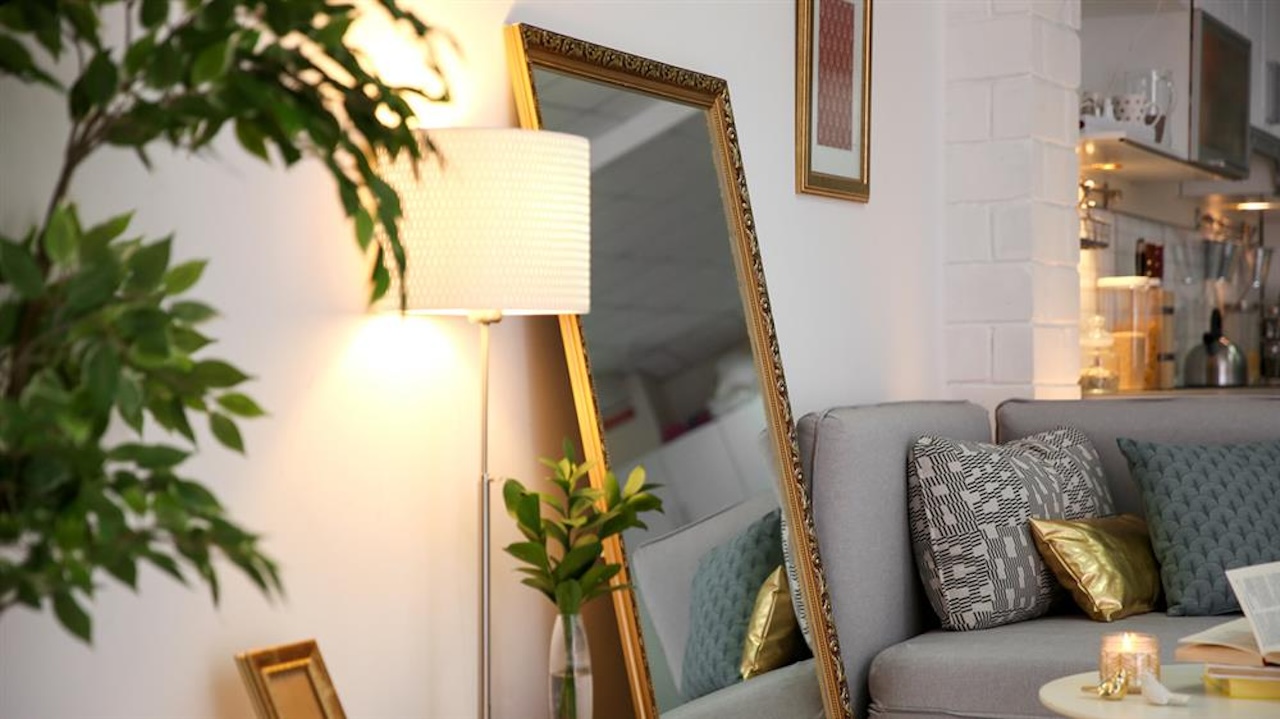
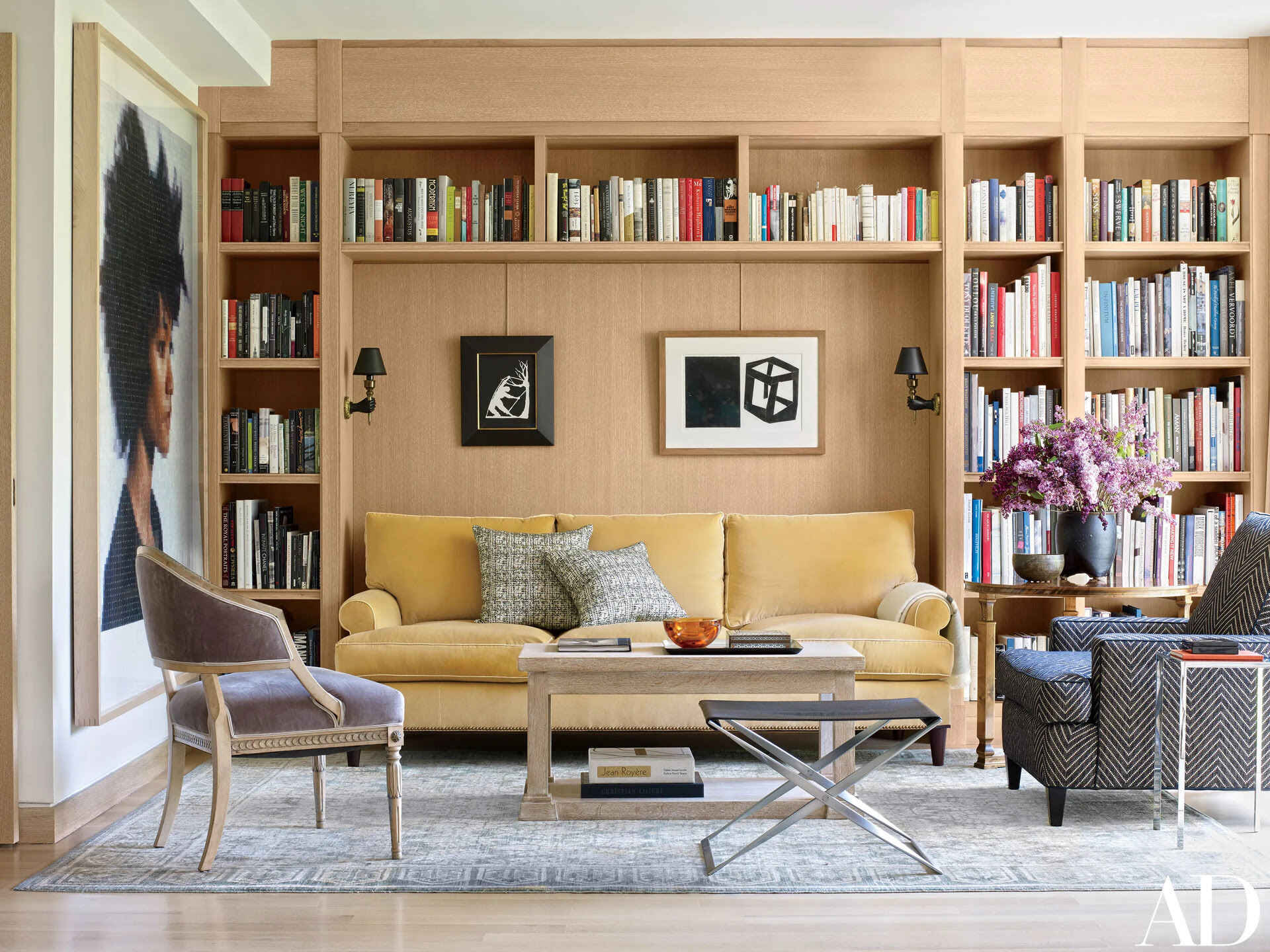
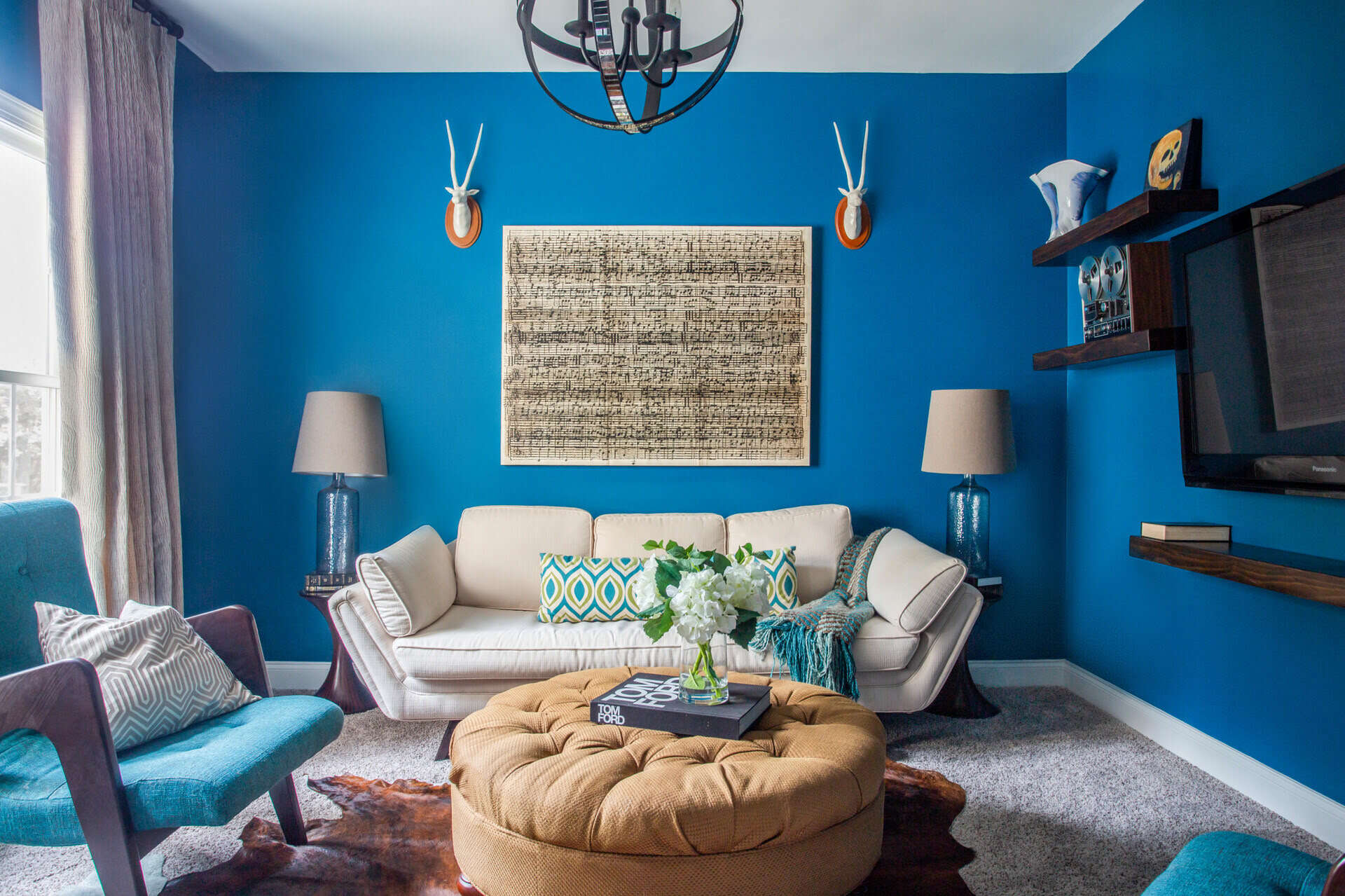
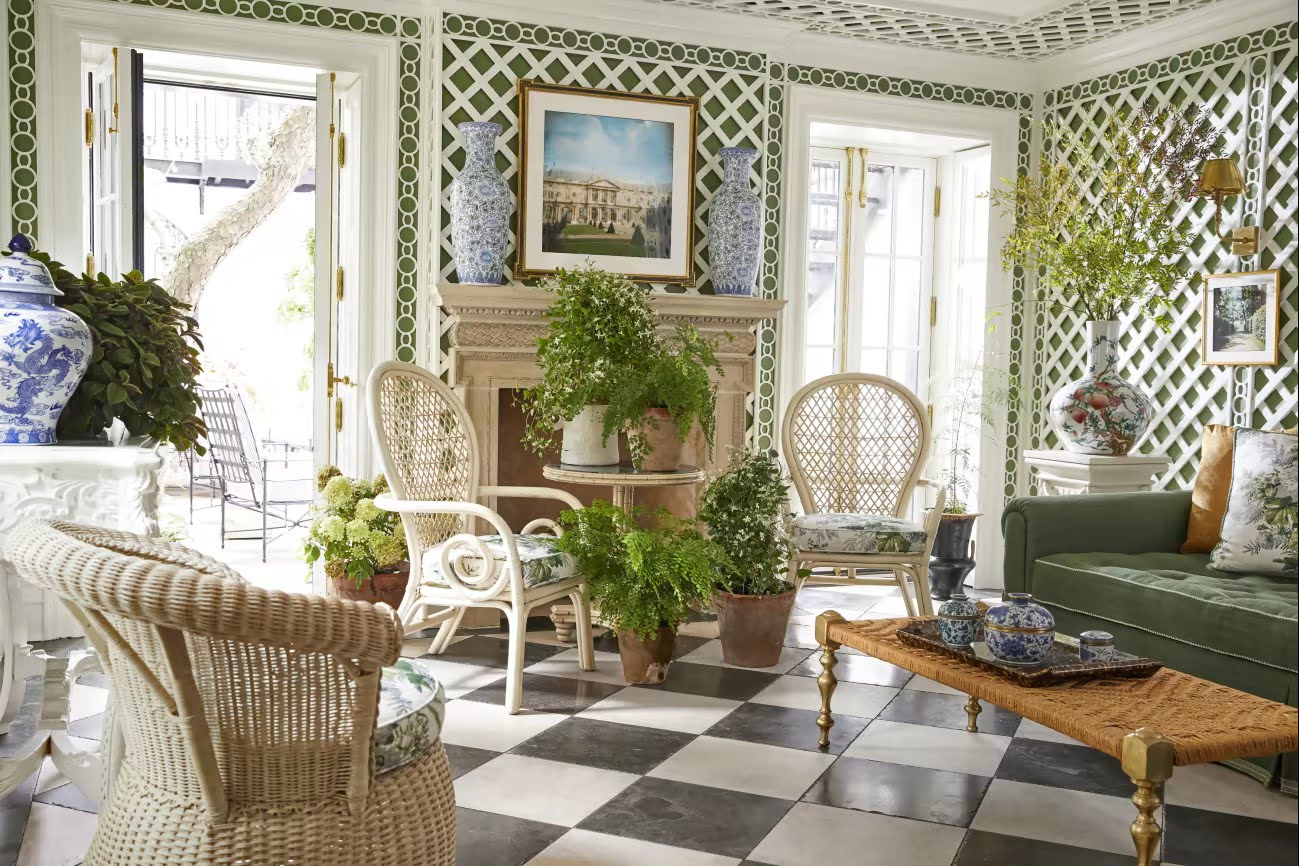
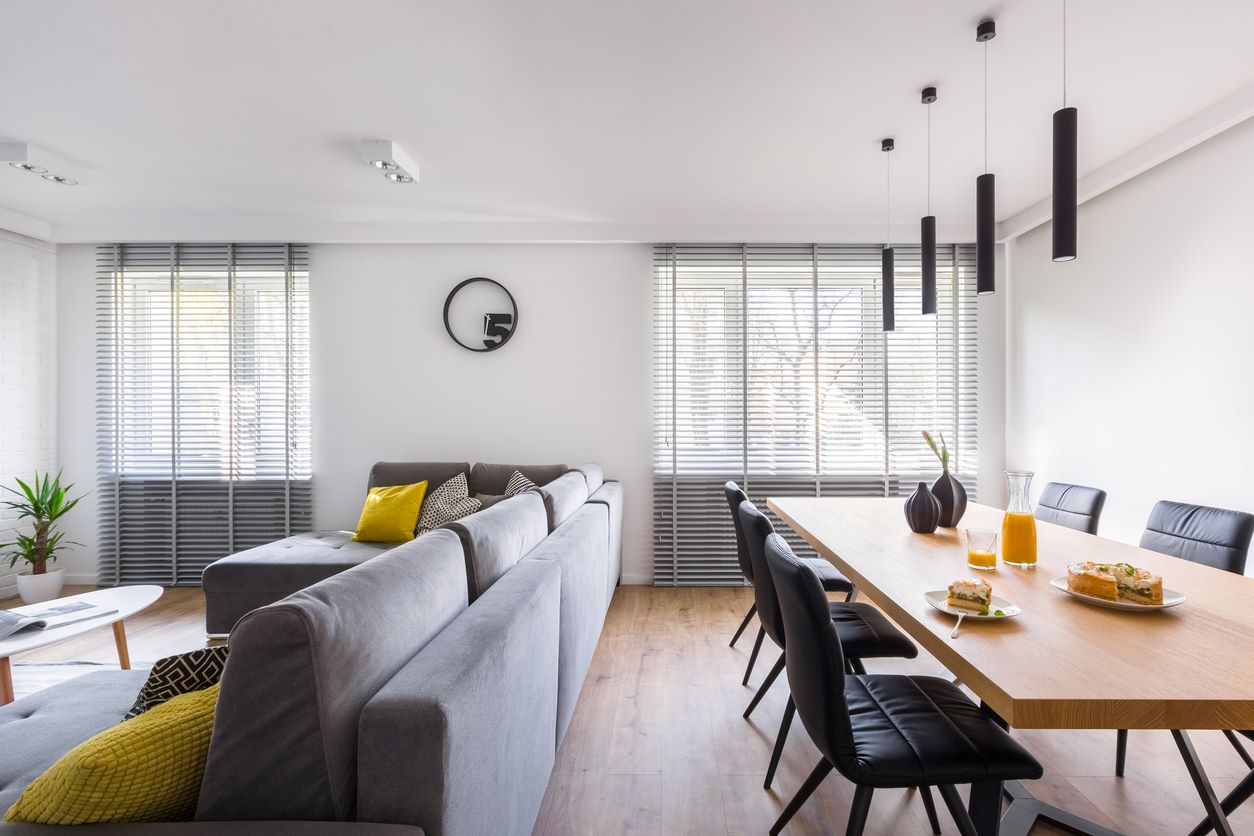
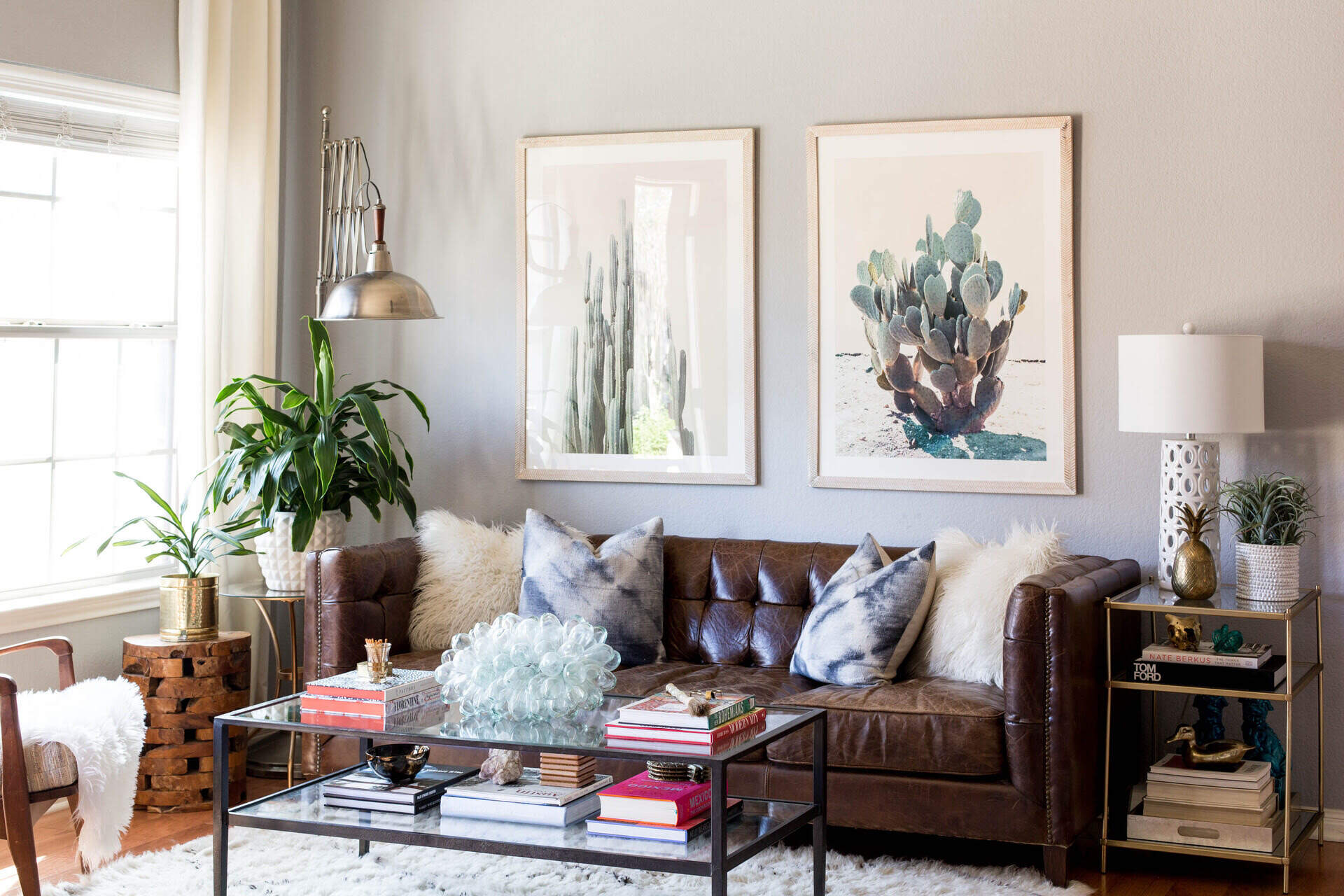

0 thoughts on “How To Decorate Living Room Walls”